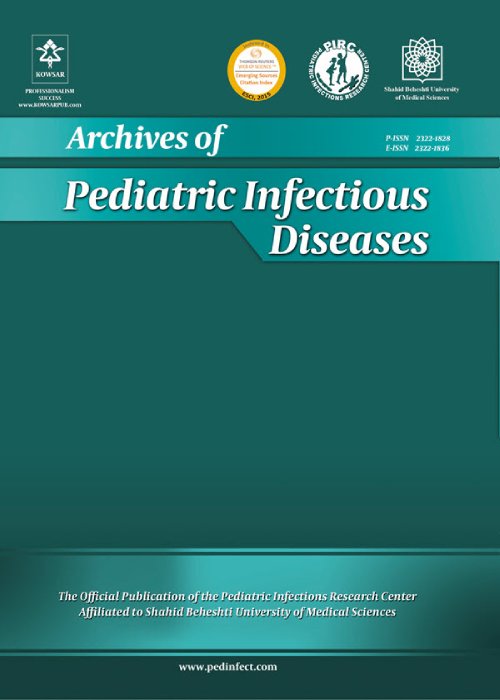Human Cell Receptors and Downstream Cascades: A Review of Molecular Aspects and Potential Therapeutic Targets in COVID-19
There have been two coronavirus-related pandemics during the past 18 years, including severe acute respiratory syndrome (SARS)-CoV andMiddle East respiratory syndrome (MERS)-CoV in 2002 and 2012, respectively. In 2019, Seven years after the emergence of MERS, a new coronavirus (i.e., SARS-CoV-2) was detected in several patients. SARS-CoV-2 spread widely, and its high prevalence enabled the virus to start a new pandemic in 2020. It is believed that the higher infectivity of the virus in comparison to that of SARS-CoV is related to its molecular interaction affinity of transmembrane spike glycoprotein and human angiotensin-converting enzyme 2 (ACE-2) cell receptors. Moreover, the primary reason for the high case fatality rate (CFR) is the cytokine storm and acute respiratory distress syndrome (ARDS) because of the immune system response to the invaders. Hence, a solid understanding of the components involved in the mechanism of viral entry and immune system response is crucial for finding approaches to disrupt the virus-cell interplay and neutralizing its impacts on the host immune system. In this review, we investigated the molecular aspect and potential therapeutic targets associated with cell receptors and downstream signaling cascades.
A systematic search was implemented on several online databases, including Google Scholar, PubMed, and Scopus during 2019-2021 using the following keywords: "SARS-CoV-2", "COVID-19", "ACE-2", "Therapeutic Targets", "Acute Respiratory Distress Syndrome", and "Cytokine Storm".
Various internal or external agents are responsible for the virus infectivity and stimulating acute immune system response. Since currently there is no cure for the treatment of COVID-19, several repurposed drugs can be employed to disrupt the process of viral entry and mitigate the symptoms raised by the cytokine storm. Inhibition of several agents, including signal transduction mediators and TMPRSS2 may be momentous.
Despite the increase in the CFR, no drugs were developed with significant efficacy. Understanding the virus entry mechanism and the immune system’s role could help us surmount the problems in developing a promising drug or employing the repurposed ones.
- حق عضویت دریافتی صرف حمایت از نشریات عضو و نگهداری، تکمیل و توسعه مگیران میشود.
- پرداخت حق اشتراک و دانلود مقالات اجازه بازنشر آن در سایر رسانههای چاپی و دیجیتال را به کاربر نمیدهد.


